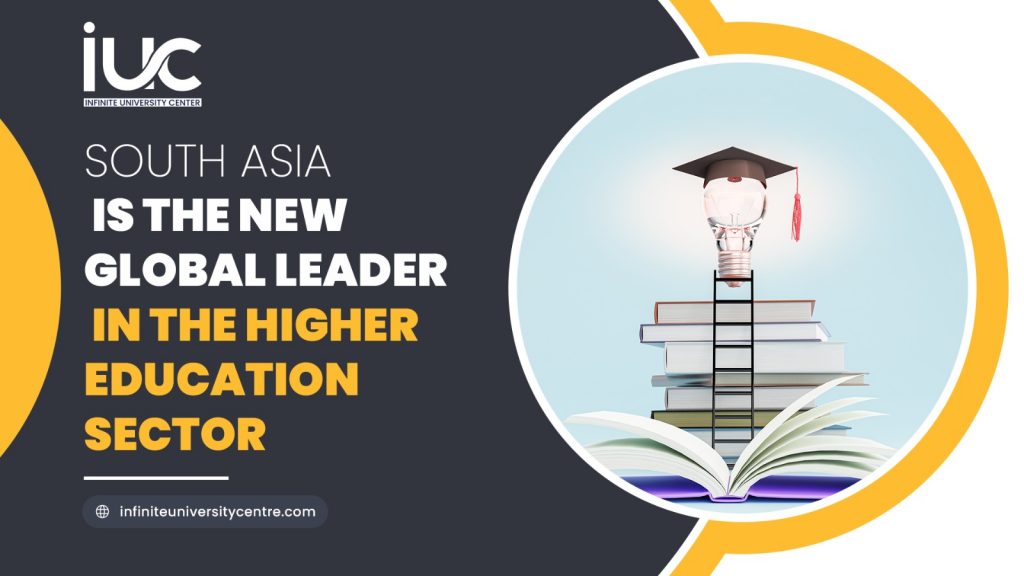South Asia is home to over 25% of the world’s population, making it the largest hub for growing human potential in the near future. It has been claimed that more than 42 million students are currently enrolled in higher education, of whom 34 million are from India.
Rapid Growth of Higher Education:
On a broader level, it has been observed that South Asia’s higher education sector is expanding. Students across the region can benefit from wide-ranging institutions offering traditional on-campus education and flexible online programmes. With over 50,000 higher education institutions, the universities follow the historical legacy of the British era.
Not only this, there is an extensive growth of 9% in South Asia’s higher education sector, allowing it to reach new heights. An extraordinary aspect of this academic growth is the arrival of young leaders in the future.
Participation of the private sector:
The participation of the private sector in the education industry has proved instrumental in the growth of higher education. Private universities are developing with the aim of guaranteeing and bringing in academic excellence by bringing together quality education and the integrity of universities. However, despite having high tuition fees, access to higher education increases through scholarships and grants.
Aligning Academic Programmes to Industry Demands:
One of the most essential aspects of South Asia’s higher education programme is catering to the growing demands of the job market. This aspect is crucial since, as per 2019 data revealed by the World Bank, only 20% of graduates in South Asia were able to get a job whose pre-requisite requirement was a university degree. Governments across the region are addressing this gap by increasing investment in research and development.
For instance, the National Higher Education Reform (NHER) programme of India took initiatives like creating new research universities that adapt to the needs of higher education and cater to the job market. This initiative largely focuses on South Asia’s commitment to adapt higher education to the demands of the job market.
Adapting to the Digital Age:
The digital transition had a significant impact on South Asia’s higher education sector. The region is progressing by providing a variety of online learning options, such as Massive Open Online Courses (MOOCs) and e-learning platforms, making education more adaptable and affordable. This increase in online learning aligns with the region’s high usage rates, which reached 41% in 2021 and are expected to surpass 50% by 2025. Even students planning for higher studies abroad take into consideration courses like Artificial Intelligence and Virtual Reality.
Promoting Diversity and Inclusion:
The higher education system in South Asia is proud to promote inclusion and diversity. While efforts are being made to address any existing inequalities, the emphasis remains on promoting an inclusive learning environment for students of all backgrounds. Moreover, it has been seen that women’s representation and participation have gained momentum in recent years.
Foreign Universities in India:
India’s government has recently passed a policy enabling universities to study abroad and establish campuses in the country, creating a global academic hub. According to the All India Survey on Higher Education (AISHE) 2019–20, India has over 37.4 million higher education students. The new policy has the potential to increase this number even further, creating a fresh perspective for India in the international higher education sector. As per this initiative, students do not need to look for higher education abroad.

